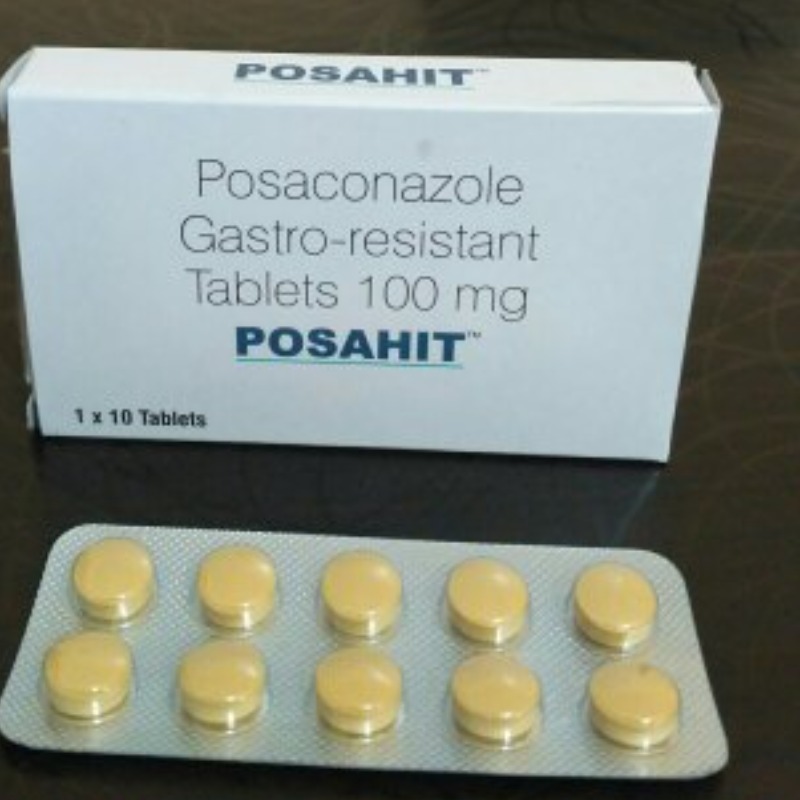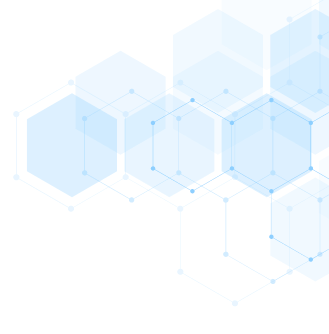DESCRIPTION
MECHANISM OF ACTION
As a triazole antifungal agent, posaconazole exerts its antifungal activity through blockage of the cytochrome
P-450 dependent enzyme, sterol 14α-demethylase, in fungi by binding to the heme cofactor located on the enzyme.
This leads to the inhibition of the synthesis of ergosterol, a key component of the fungal cell membrane, and
accumulation of methylated sterol precursors. This results in inhibition of fungal cell growth and ultimately, cell death.
ABSORPTION
Posaconazole is absorbed with a median Tmax of approximately 3 to 5 hours.
DISTRIBUTION
Posaconazole has a large mean apparent volume of distribution after oral administration (V(d)/F), which is approximately
5-25 L/kg, suggesting extensive extravascular distribution and penetration into intracellular spaces. The V(d)/F is
influenced by the dosage regimen.
INDICATIONS
For prophylaxis of invasive Aspergillus and Candida infections in patients, 13 years of age and older, who are at high risk of
developing these infections due to being severely immunocompromised as a result of procedures such as hematopoietic stem cell
transplant (HSCT) recipients with graft-versus-host disease (GVHD), or due to hematologic malignancies with prolonged neutropenia
from chemotherapy. Also for the treatment of oropharyngeal candidiasis, including oropharyngeal candidiasis refractory to itraconazole
and/or fluconazole. Posaconazole is used as an alternative treatment for invasive aspergillosis, Fusarium infections, and zygomycosis in
patients who are intolerant of, or whose disease is refractory to, other antifungals.
SPECIFICATION


Login To Comment